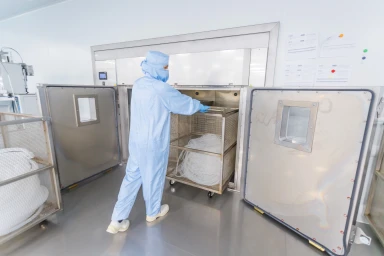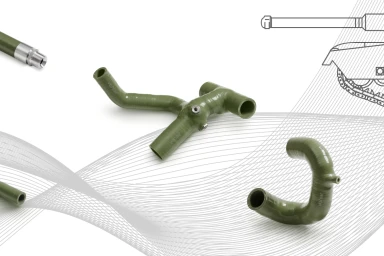Phthalates in the Food and Cosmetic Manufacturing Industry
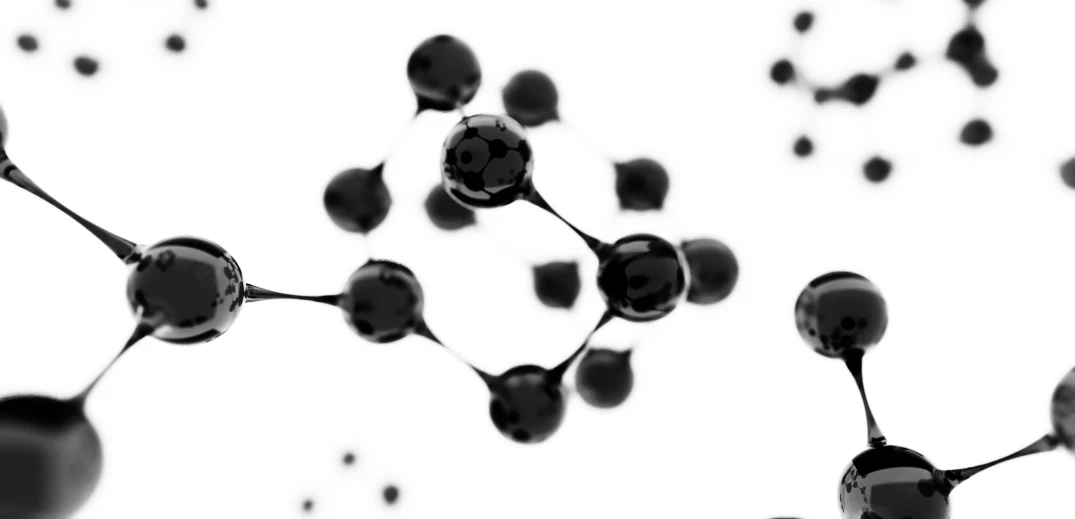
What are Phthalates or PAEs?
Phthalates or PAEs are esters of phthalic acid with many different industrial usages, mainly as plasticizers. They have been widely used since the 1930s and they are added to many different plastic materials like PVC, PVA, PE, etc. to improve properties like their elasticity.
Why are the Phtalates questioned for using in sensible applications?
Despite its wide arrange of applications, in later years their use in products intended for food and other sensible applications has been increasingly questioned, as it has been proved that phthalates can leach or migrate from plastic products when submitted to a high-temperature environment, leading to potential contamination of food products intended for humans.
This has resulted in the presence of various types of phthalates being commonly detected in numerous food items. In the same vein, they can also be easily found in many cosmetics and self-care products. In fact, the presence of biomarkers related to phthalates exposure have been detected in more than 98% (1) of the US population.
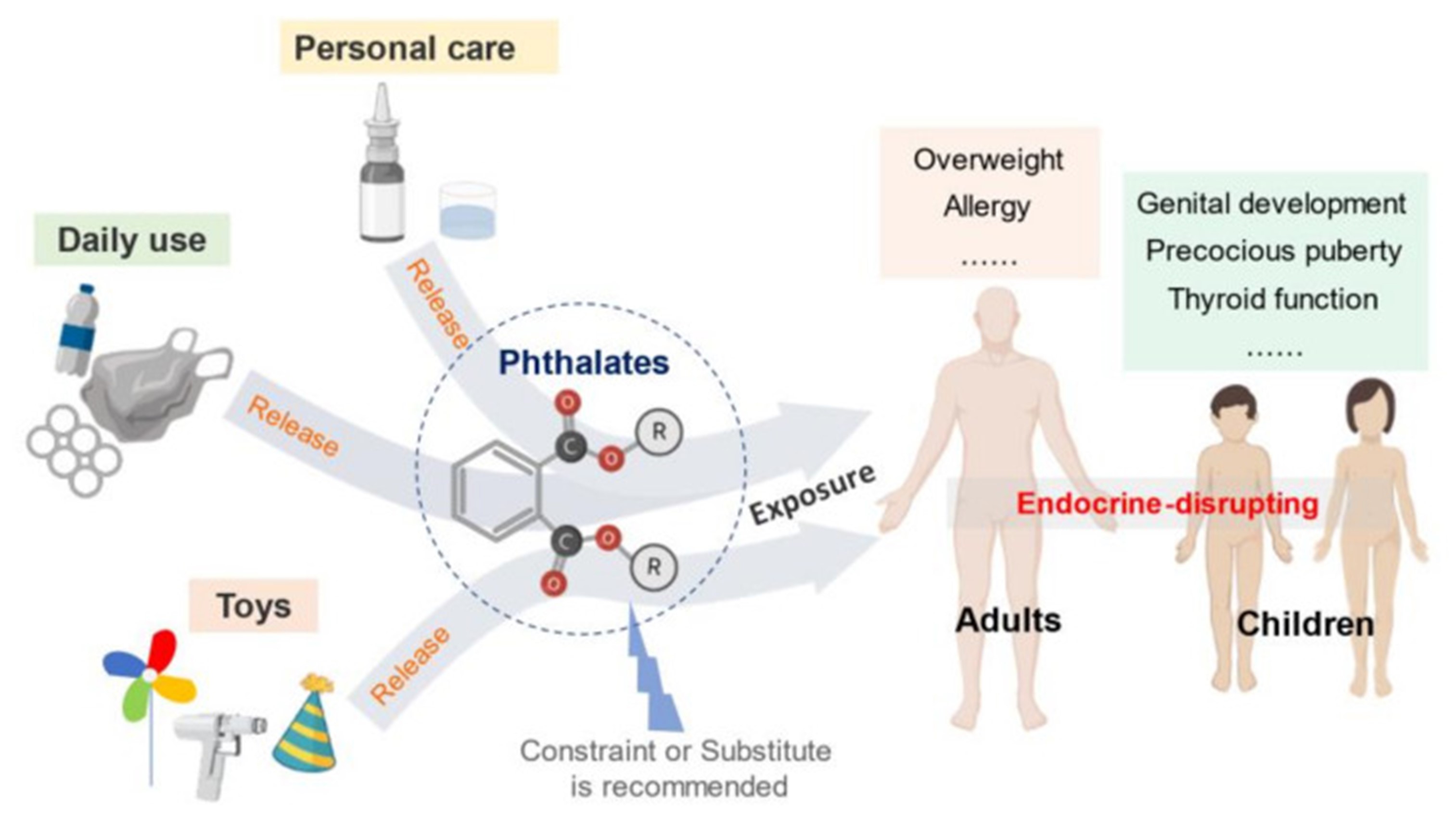
Leaching occurs through packaging, handling equipment like gloves, and, also, the hoses used to convey liquid and semi-solid food or cosmetic preparations during industrial production processes.
Possible effects of Phthalates on human health
This widespread contamination is concerning because phthalates have been identified as endocrine-disrupting compounds or EDCs. As such, they are capable of interfering with normal hormonal activity, potentially disrupting the normal functions of the endocrine system and causing developmental and reproductive issues.
For example, there is a proven correlation between phthalate exposure during pregnancy and various health issues in children, including but not limited to type II diabetes, obesity, allergies, asthma, certain cancers, and more (2,3). For these reasons, phthalate exposure is especially problematic in children and pregnant women.
Extracted from (4).
While there are currently nine FDA-approved phthalates, the organization is actively reassessing the health risks associated with these chemicals. In recent years, certain related substances have been banned, and there is ongoing scrutiny of the currently permitted ones. This has prompted numerous companies to transition towards phthalate-free alternatives. A notable category of products with a high phthalate content is PVC-made tubes, hoses, and related items, which often incorporate Di(2-etilhexil)-ftalato (DHPE).
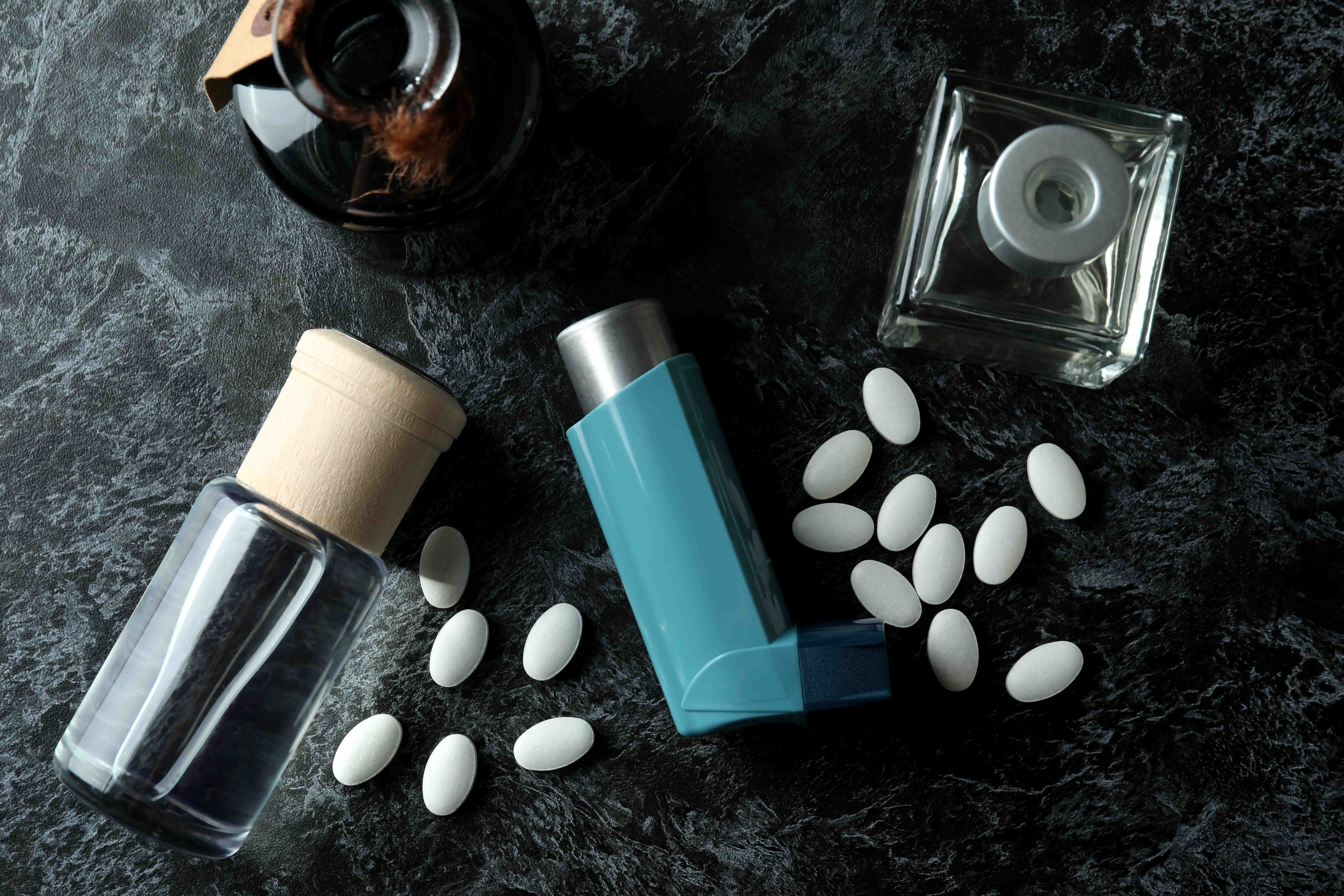
This can be especially concerning in those industrial processes relying in Clean-in-Place (CIP) and Sterilization-In-Place (SIP) because the high temperatures of this kind of treatment could potentially lead to higher phthalate migration from the tubes and hoses.
Although still commonly in use and not banned by the FDA, DHPE has also been associated with a number of health-related concerns and is deemed toxic for reproduction by the European Union. PVC products with DHPE are also extensively used in the medical device industries and there is an increased effort in moving away from PVC based products due to the health concerns exposed in these articles. Food and cosmetic industries are sure to follow this regulatory shift.
Given these factors, it appears to be a logical progression for many manufacturers to explore alternative hose options for products targeting industries like food and cosmetics, which cater to human well-being.
Venair provides Phthalates-free alternatives.
In light of these considerations, Venair provides a range of phthalate-free alternatives designed for various applications in the food and cosmetics sectors. Our assortment of silicone-based hoses, whether reinforced or not, ensures optimal performance even in the most demanding applications.
These solutions not only maintain high efficiency but also prioritize the safety of the end-product. They are engineered to have minimal leachables, full biocompatibility, and extremely low compound migration.
1. Zota, A. R., Calafat, A. M., & Woodruff, T. J. (2014). Temporal trends in phthalate exposures: findings from the National Health and Nutrition Examination Survey, 2001–2010. Environmental health perspectives, 122(3), 235-241.
2. Xia, B., Zhu, Q., Zhao, Y., Ge, W., Zhao, Y., Song, Q., ... & Zhang, Y. (2018). Phthalate exposure and childhood overweight and obesity: Urinary metabolomic evidence. Environment international, 121, 159-168.
3. Liu, G., Cai, W., Liu, H., Jiang, H., Bi, Y., & Wang, H. (2021). The association of bisphenol A and phthalates with risk of breast cancer: A meta-analysis. International Journal of Environmental Research and Public Health, 18(5), 2375.
4. Wang Y, Qian H. Phthalates and Their Impacts on Human Health. Healthcare (Basel). 2021 May 18;9(5):603. doi: 10.3390/healthcare9050603. PMID: 34069956; PMCID: PMC8157593.
